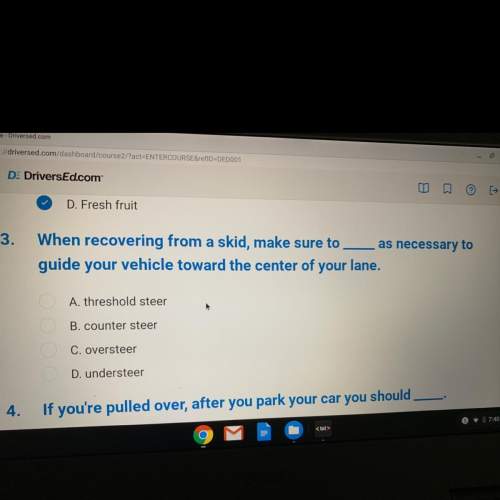
Mathematics, 13.04.2020 23:16 sloane50
A fair die, with its faces numbered from 1 to 6, is one in which each number is equally likely to land face up when the die is rolled. On a fair die, the probability that the number 6 will land face up is 16. A group of students wanted to investigate a claim about manipulating a fair die so that it favors one outcome. The claim states that if a fair die is put into an oven and baked at 200°F for 10 minutes, the inside of the die will begin to melt. When the die cools, the inside will be solid again, but with more weight toward the bottom. This shift in weight will cause the face that was up when the die cooled to land up more often that the other faces.
The students obtained a fair die and baked it according to the preceding directions. The die cooled with the number 6 face up. After the die cooled, they rolled the die 200 times, and the number 6 landed face up 43 times. Let p represent the population proportion of times the number 6 will land face up on the baked die if the die could be rolled an infinite number of times.
(a) Clarke, one of the students, constructed a 95 percent confidence interval for p as 0.215±0.057. Does the interval provide convincing statistical evidence that the number 6 will land face up more often on the baked die than on a fair die? Explain your reasoning.

Answers: 3
Another question on Mathematics

Mathematics, 21.06.2019 20:00
What are the digits that repeat in the smallest sequence of repeating digits in the decimal equivalent of 24/11?
Answers: 1

Mathematics, 21.06.2019 20:30
Two triangles can be formed with the given information. use the law of sines to solve the triangles. b = 49°, a = 16, b = 14
Answers: 3

Mathematics, 22.06.2019 00:20
Which of the following is equal to the square root of the cube root of 5 ? (1 point) 5 to the power of 1 over 3 5 to the power of 1 over 6 5 to the power of 2 over 3 5 to the power of 3 over 2
Answers: 1

Mathematics, 22.06.2019 01:30
Which point does not lie on the graph k(x) = 8 -3 √x a. (-64, 12) b. (125, 3) c. (343, 1) d. (8, 5)
Answers: 2
You know the right answer?
A fair die, with its faces numbered from 1 to 6, is one in which each number is equally likely to la...
Questions




Arts, 21.07.2019 03:31

Arts, 21.07.2019 03:31

Chemistry, 21.07.2019 03:31


Physics, 21.07.2019 03:31



Biology, 21.07.2019 03:31





Chemistry, 21.07.2019 03:31








